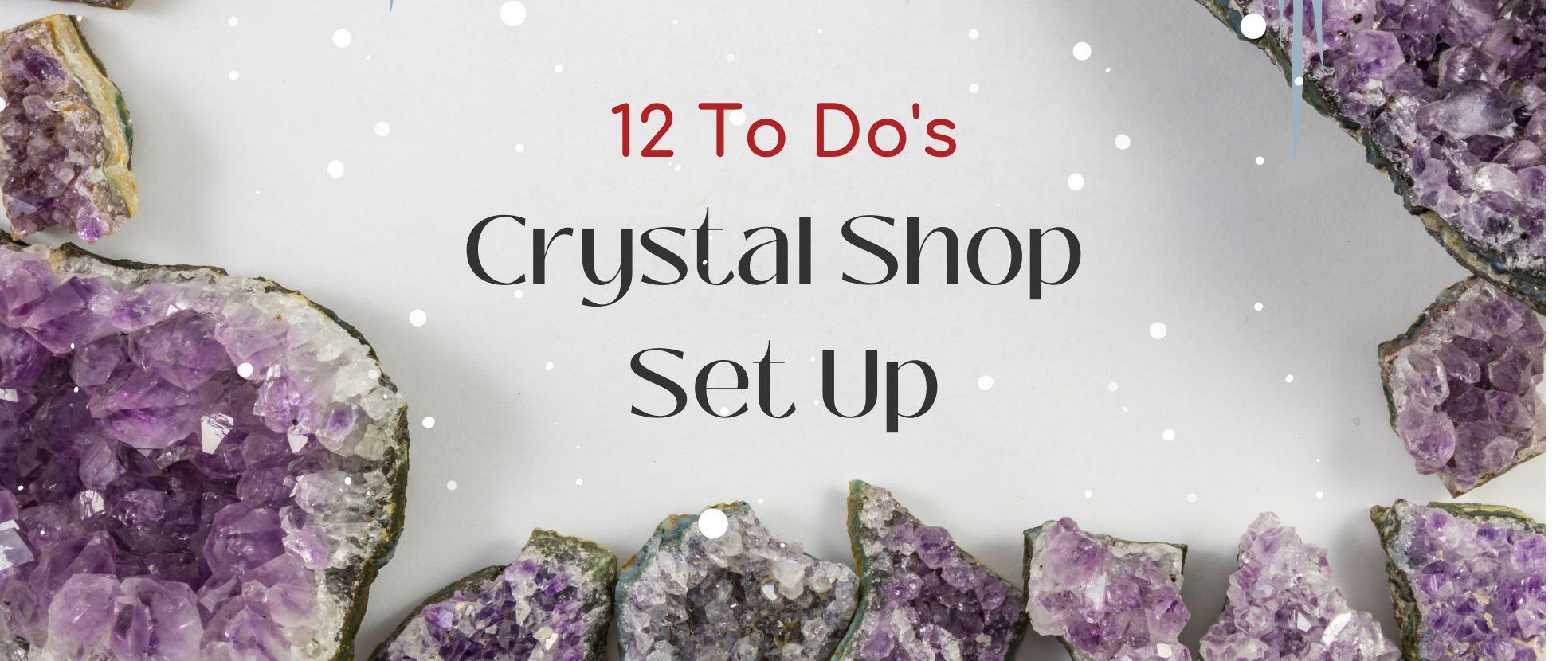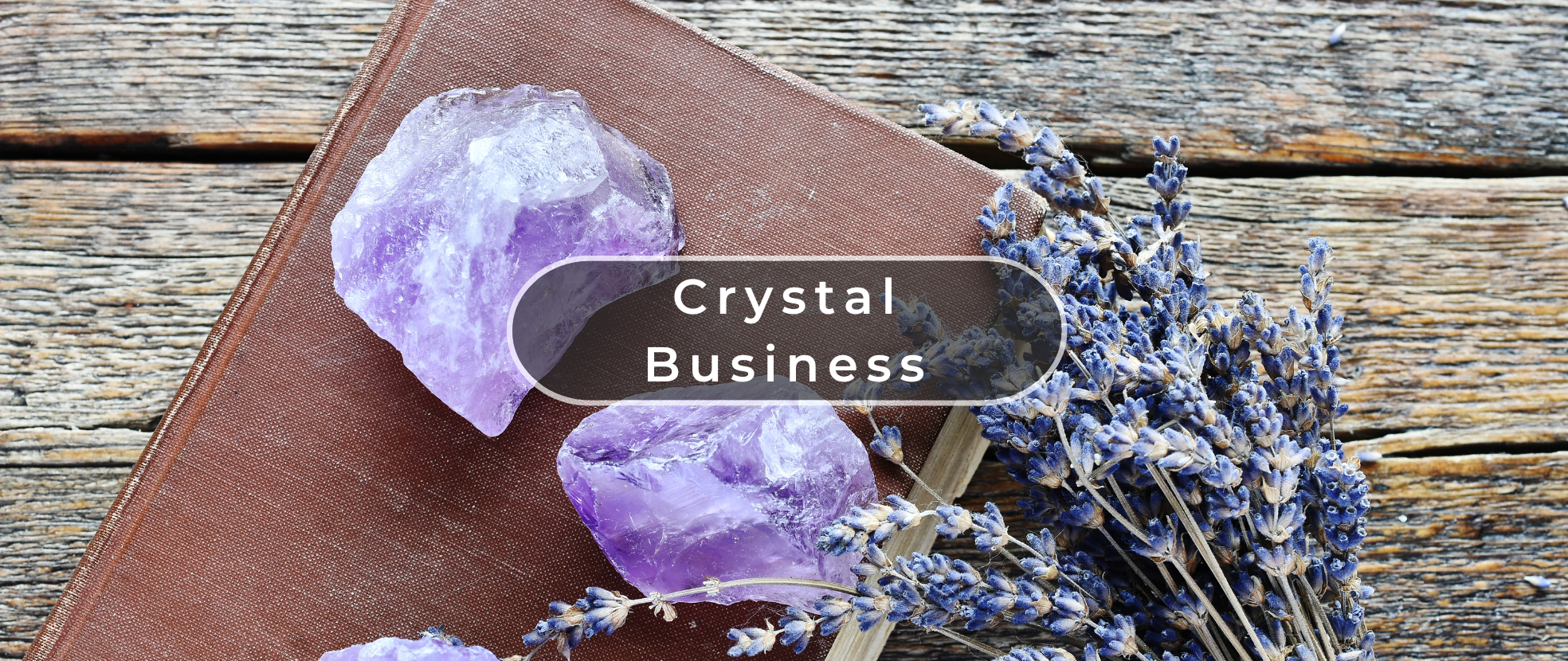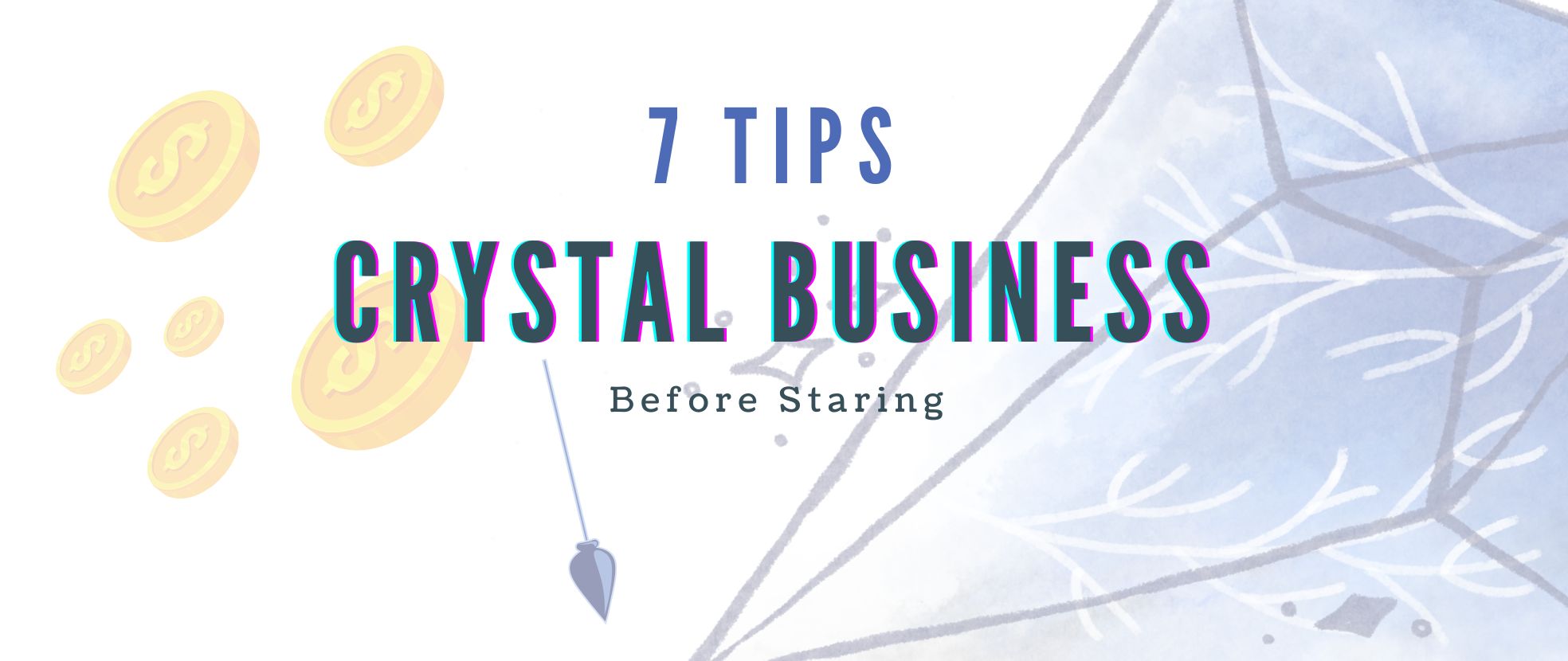Minas Gerais: An Overview of One of the World's Mining Powerhouses
Approximately 10,073 km from Canada, Minas Gerais (General Mines) is a mountainous state in the southeast of Brazil. It is home to a number of rich mines that generate diamonds, emeralds, topazes, and several varieties of quartz.
Being rich in gemstones, metals, and minerals, Minas Gerais has been a major contributor to Brazil's economic, commercial, and even political history since the 1700s. To this day, mining is embedded in Brazilian culture.
It is the primary livelihood of many locals there called garimpeiros or independent prospector of minerals who mine the gem deposits using manual tools. Many of the mines are also owned and operated by mining companies.
Before the pandemic broke, Stonebridge Imports founder Ulymar Rocha would go on geo-mine tours to visit mining sites, build relationships with suppliers, and explore new business opportunities. These tours are also an avenue for him to ensure that customers are getting only the best products from the best sources all over the world.
And in his recent tour, Ulymar (together with some guests) embarked on an 11-day journey across Minas Gerais.
What happens during these geo mine tours? Where are the most important mines located in Brazil? How do these trips help create a steady flow of products in rock shops?
All these and more as Ulymar shares the highlights of his eventful trips.
1. Watching the Largest Topaz Haul Being Mined in Capão Mine
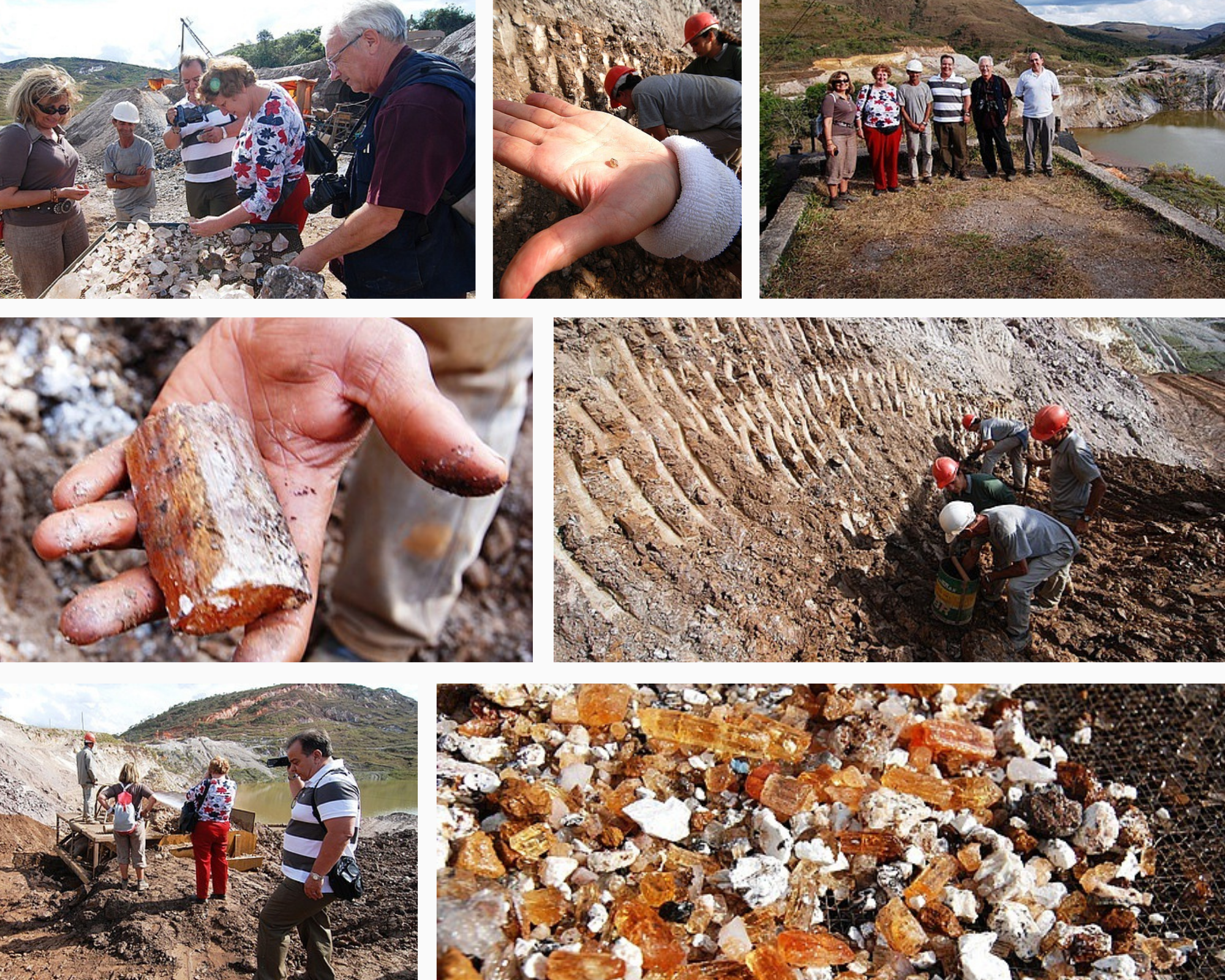
Location: Rodrigo Silva, east of Ouro Prêto, Minas Gerais Date: August 21, 2009
Capão Mine (Big Lid Mine) is an open-cast mine, where weathered topaz-quartz-calcite veins are extracted. The topaz mined here is the so-called imperial topaz, a highly-prized topaz variety that has a reddish orange colour which is also described as peach.
This mine spans 20 square miles around Ouro Preto. It is the only relevant source of various coloured topazes and the largest imperial topaz mine in the world.
After having fresh drinking water and a Brazilian coffee shot, we were taken to the pit. We watched and learned how the topaz is formed and all the layers' geological formations in a professional and knowledgeable explanation from our local tour guide, Dr. Antonio Liccardo.
When going down the mine pit we were very fortunate because we did not only see many topaz crystals being taken out of the ground, but one of the biggest in the mine’s history.
We also learned about all the mining equipment and methods used: digging, transporting, washing, straining, and hand selecting the topaz crystals.
How is topaz collected in Capão Mine? First, the gravel is transported by a dredge bucket to the hydraulic washing station. The clay is then removed with huge water cannons. The rocks in the material are transported to a sorting a belt, where the gems are manually sorted out by workers.
On average, the mine processes 4,500 m3 of clay or a few dozen topaz crystals per day (2 m3 of rough for 1ct of gem).
Capão Mine is environment-friendly as it does not use any chemical substances in the whole process. All native vegetal covering and trees are replaced to reconstitute the land’s original state.
2. Lapidary and Gold Panning in Ouro Prêto
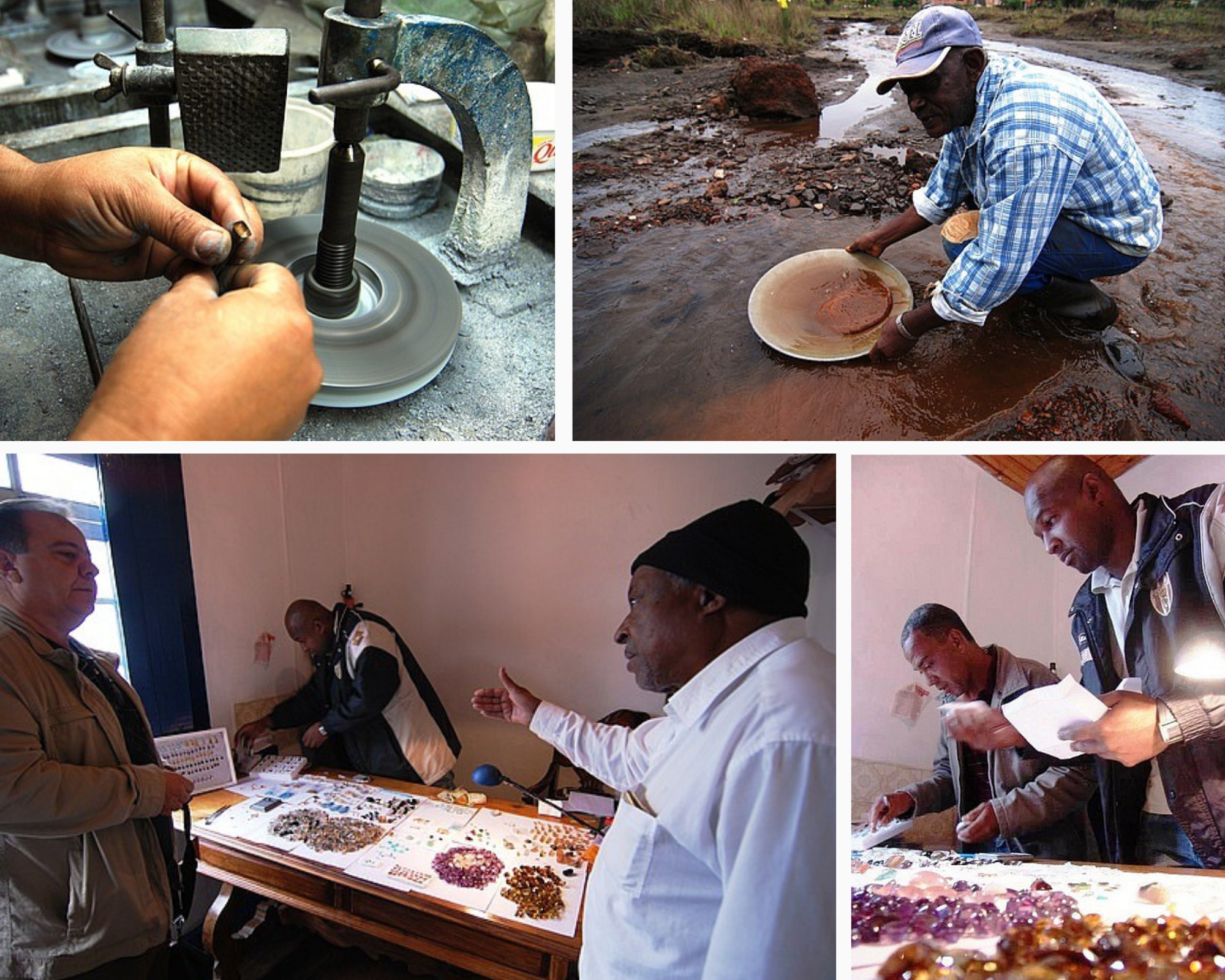
Location: Antônio Pereira, Ouro Prêto Date: August 22, 2009
Early in the morning we headed to downtown Ouro Prêto to visit the lapidary studio of Mr. Hugo. Around 5 to 7 lapidaries work there. Mr. Hugo is the master lapidary.
During our visit, he performed a complete job of facetting a rough topaz for us to see. From cutting an imperial topaz to obtain the eye clean part to pre-forming it, then making the base facets.
After Mr. Hugo, another lapidary took over cutting the actual facets and giving the gem its final form. Finally another person did the polishing and high polishing, making the gem ready to mount in jewellery.
Afterwards we headed down, still in downtown Antônio Pereira, to the bottom of the valley, to the river where if we had luck we could see people freely gold panning.
And we again had that luck: at least one of the oldest gold miners was there doing his job. And it's amazing to see him obtaining gold nuggets right on the spot!
We toured the whole area and all the geological, historical, and statistical facts were detailed and explained by Dr. Toni and our guest friend José Jaime.
On the way back to Ouro Prêto, we stopped in a village called Passagem de Mariana (Mariana Passage) to visit the oldest and biggest gold mine in the country. This is a deactivated mine now open to tourist visitation.
There was a mine cart that took us 300 m down where the galleries are phenomenal. The natural lakes that formed underground are amazingly clean and scuba diving is being taught there.
3. A Glimpse of History at the Mineralogy Museum of the School of Mine
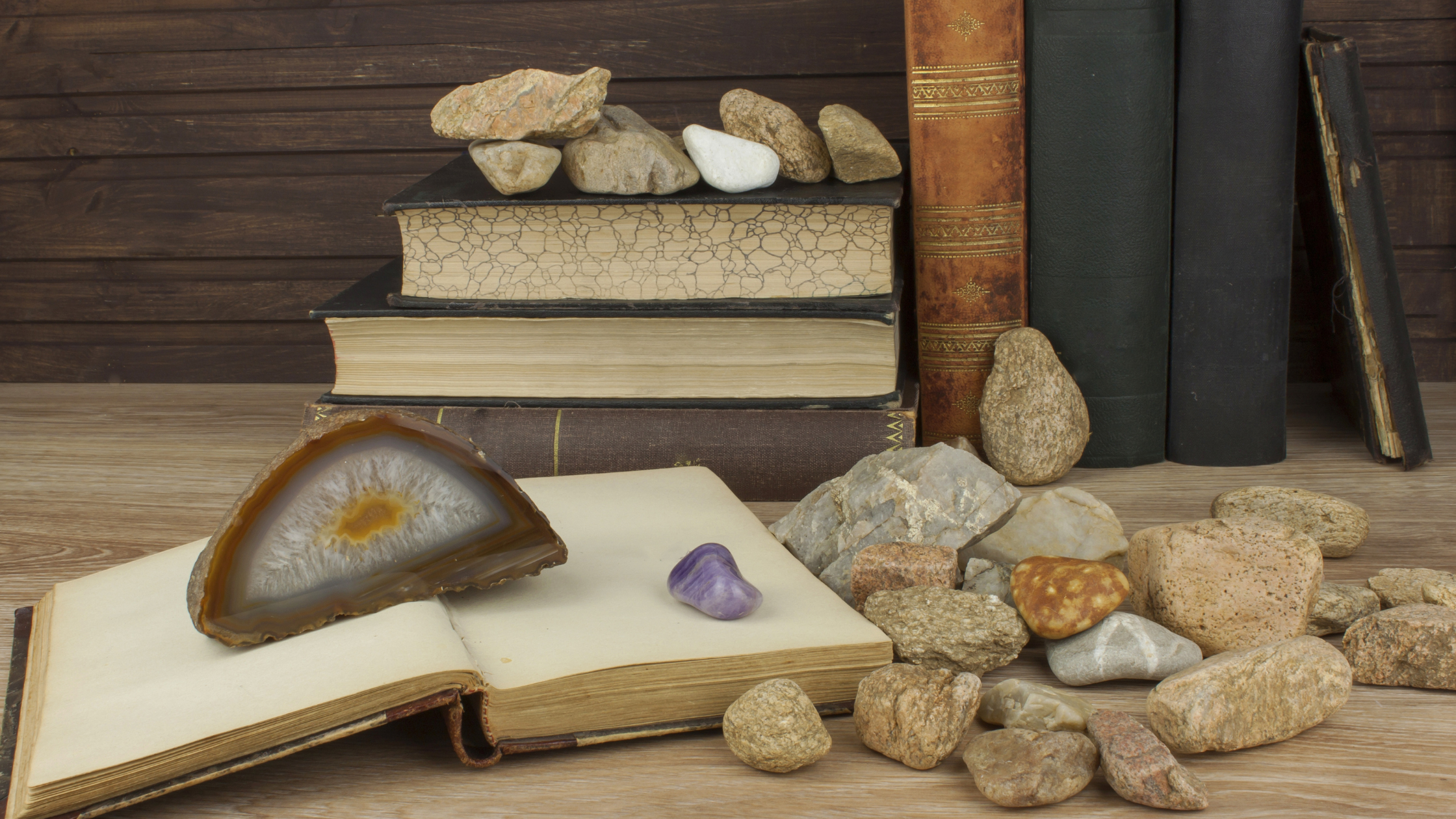
Location: Ouro Prêto Date: August 22, 2009
Before finishing the day we headed to the Mineralogy Museum of the School of Mines in Ouro Prêto. This museum is the biggest and best in Brazil, having a collection of more than 18,000 rocks and mineral specimens. These include agates, diamonds, topaz, quartz, uranium, and a lot more.
I was also fortunate to see a team restoring old picture frames of the graduating groups, and my group was one of them on the spot. After visiting 2 rooms the museum was closed, but because we were ex-graduates, me and Dr. Toni, the museum was authorized to be open only for us.
After the visitation we were provided with a multimedia room for Dr. Toni to give us a talk on geotourism and an overview and geological aspects of our tour.
4. Hematite Mountain: A Sight of Awe and Beauty
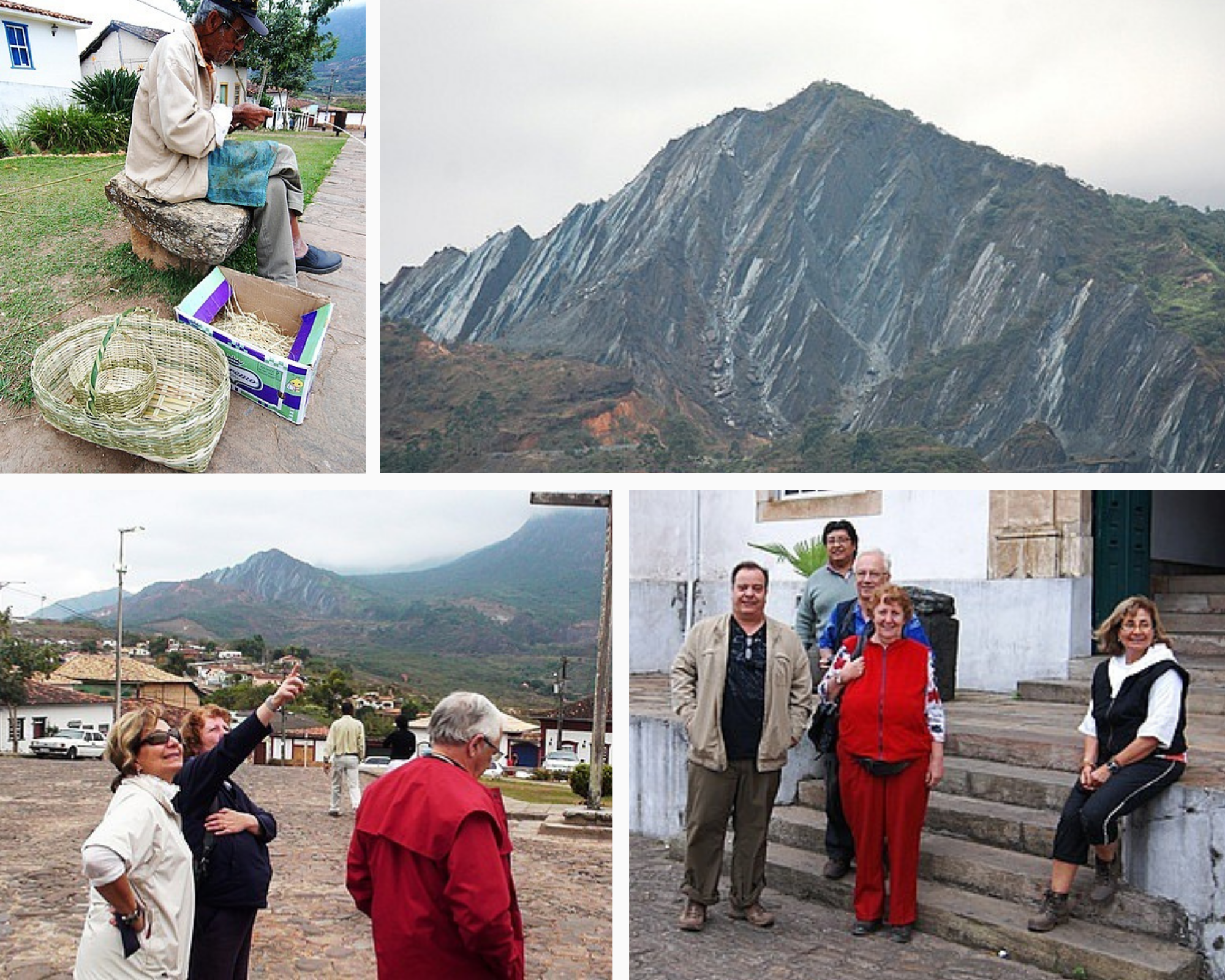
Location: Catas Altas, Minas Gerais Date: August 23, 2009
On the way to Nova Era to visit emerald mines, we made a pit stop in Catas Altas, a small town in Minas Gerais which is still part of the historic circuit cities. The group relaxed in front of the main church and what a shock when we looked farther to the left!
An amazing hematite mountain unfolded before our sight. This whole area is an iron ore mining site, having many iron ore mining operations. It is called Itabirito which is the source of iron and is made up of 65% of the mineral.
5. Meeting Old Pals, Supporting Local Gem Dealers at the Emerald Mines
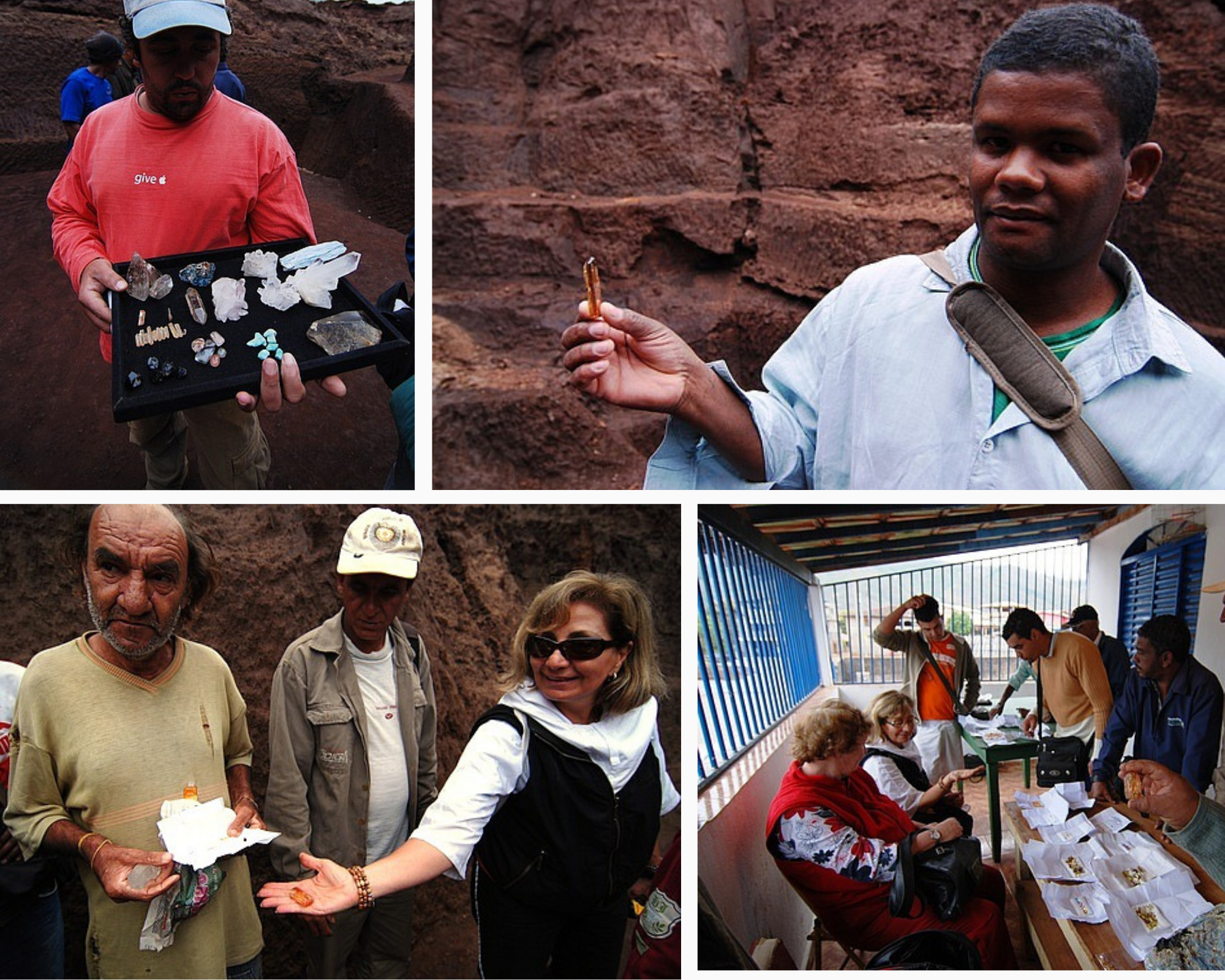
Location: Capoeirana, Nova Era Date: August 23, 2009
After a sumptuous lunch at a local Brazilian barbecue restaurant, where we met our contacts, we headed to the emerald mines of Capoeirana.
What a surprise: The owner of the mine we went to visit was my old acquaintance from the time my parents lived by the mines in Teófilo Otoni. Capoeirana is unbelievable. Mining has been going on there for 22 years and it's still active today.
There are 2 other private industrial mines in the area that are called œBelmont and œPiteiras. We tried to access these mines, but for different reasons we couldn't. Lucky us, because if we had gone to one of the private mines we wouldn't be able to visit Capoeirana. The mine is operated privately, but many people have the opportunity to mine on their own either in public or private lands.
Reinaldo, the miner, explained what he'd been doing in the mine for the past 18 years. Again, Dr. Toni gave us all the specs. All the mines have vertical shafts going down anything from 60 m to 300 m, and underground there are kilometres of interlacing tunnels.
After visiting a couple of mines, apparently the whole village (poor, low-income, and no income people) was outside waiting for us to buy their emerald specimens. That was the fun part. I instructed the group to spread the buyings as much as possible among the sellers to make as many people as possible happy. Any 5 or 19 reais (Brazilian currency) would make it.
Next we went back to take the main road. While on the secondary road we stopped by overlooking a nice waterfall to meet the real dealers that showed us their stupendous rough specimens and polished gemstones.
6. Of Colourful Crystals and Gem Negotiations
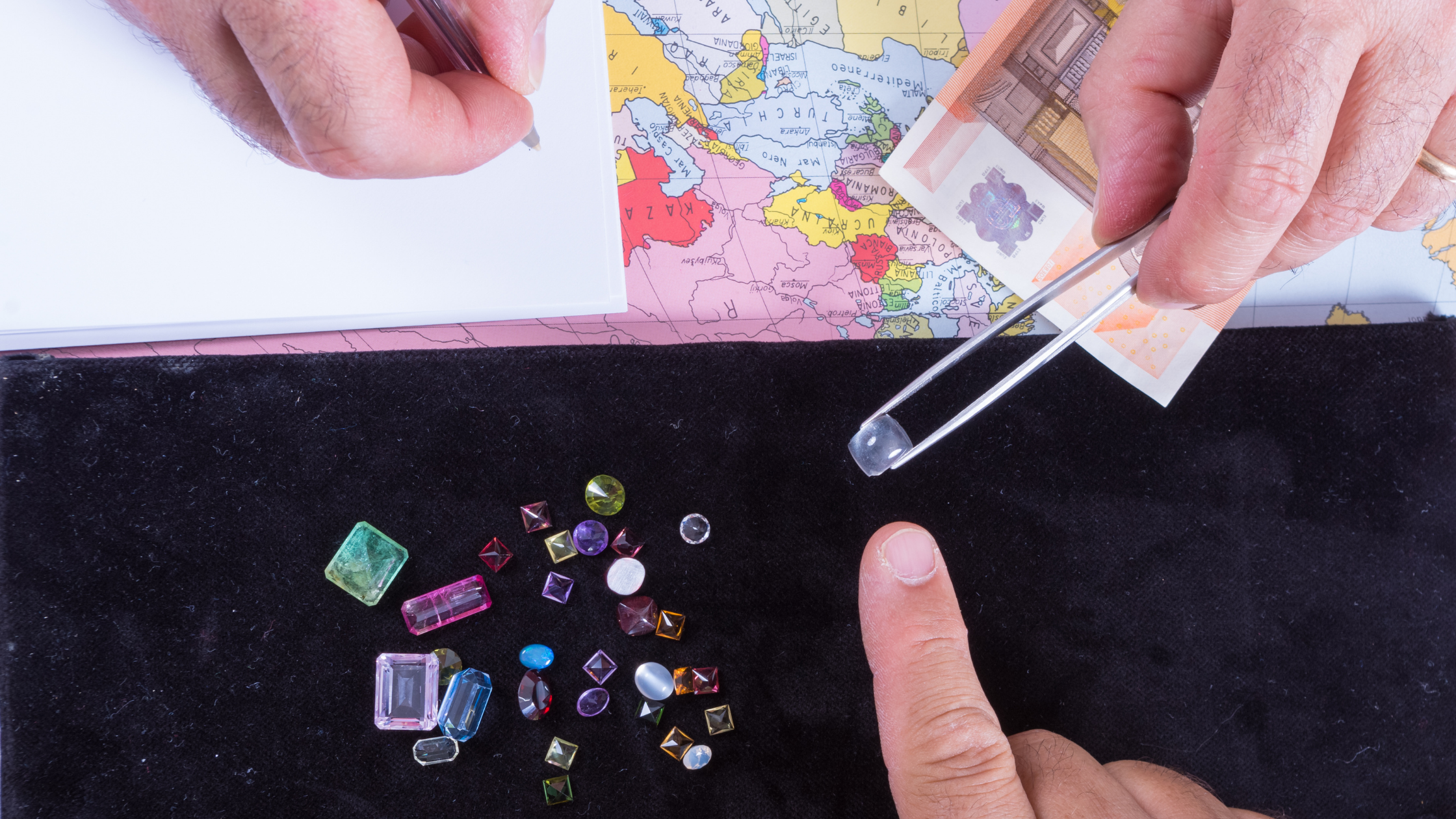
Location: Governador Valadares, Minas Gerais Date: August 24, 2009
Mining is very dynamic and mines pop up everywhere. And all the time, with the same speed, other mines shut down. Some mines are there for many years, but they can be boring or be deactivated. We want to see what is hot and actual. In the meantime I have many strong contacts down there, and each contact would take us to different spots.
We went first to a tourmaline mine owned by the Pomarolli family. It is almost at the border of Minas Gerais and EspÃrito Santo. We climbed a 300m-high mountain to reach it, which was good exercise.
Then we stopped by a nearby village to visit a Brazilianite mine. However, the miner was at home at that time. So we headed to his house to see his latest findings. We then witnessed a real negotiation between the miner and Roberto, one of our local guides. Roberto was a mineral distributor in Governador Valadares.
And this is what you only see in gem tours: You can see all levels of gem negotiations between miners and distributors, between distributors and wholesalers, wholesalers and retailers, and to the end consumers.
Next we headed to the famous œFrog Mine. The mines in that area were similar to the emerald mines in Capoeirana. They had a deep vertical shaft going down and a myriad of tunnels interlacing underground. But since we were tired, we didn't go inside any of the mines and just had a tour around. We talked to miners who showed us their latest findings.
After that, we went to the ranch of Nelson who showed us his breathtaking collection of quartz crystal formations. Then we witnessed yet another negotiation among Nelson, Roberto, and the gemstone distributor Julio Bortoluzzi.
7. Exquisite Gems and Gem Carvings You Can't Find in Museums
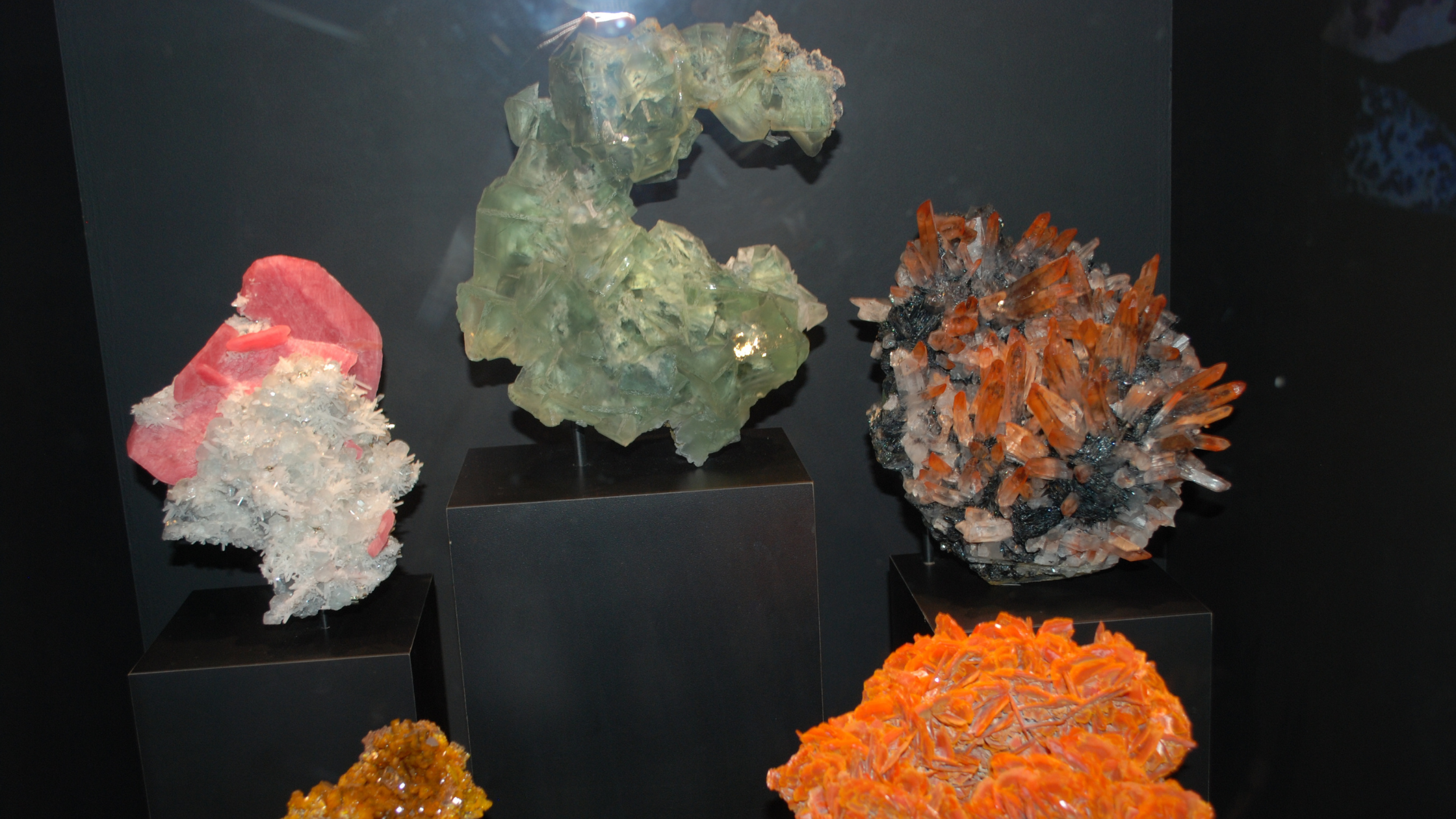
Location: Governador Valadares, Minas Gerais Date: August 25, 2009
Today's itinerary consisted of visiting warehouses and producers. It was hard to decide where to go next though, as there are tens of huge warehouses in Governador Valadares. Many of them displayed fine pieces museums don't have.
We decided to stick with our friends' warehouses and visited one carver producer.
First we went to Roberto's warehouse, which I'd never been to prior to that trip. His warehouse is different from any other, as all his inventory is stocked inside his house.
I was a little skeptical at first, but what a surprise! Roberto had lots of small and high-value specimens. From aquamarine, rubellite, alexandrite, to tourmaline crystals just to name a few. Our guests (including myself) were very impressed.
Moreover, the big stuff is kept outside in the backyard, and what a backyard. It is on a slope running down to the Sweet River shoulder.
After that, we went to Leandro's carving factory. Over there we learned all the processes of cutting and carving birds, animals, skulls, etc.
Next door to Leandro's is Julio's warehouse and we just walked there. Even though he was transferring stock to Soledade, in the South of Brazil, there were still many interesting things for us to admire. I also acquired some specimens ” couldn't resist!
8. Helping the Poor Miners' Kids of Meimei Day Care

Location: Teófilo Otoni, Minas Gerais Date: August 27, 2009
I took the group to visit a charitable organization that runs a day care in the middle of two big slums. This is part of our mission: to run a business and donate part of the revenue to charitable organizations. We chose Meimei Day Care because few of the kids there are children of garimpeiros.
Our host Ricardo Maia and the œColonel showed us the building, as well as all the kids’ activities. They also shared their plans for the future. The immediate plan was to build a quadra coberta which is an indoor multi-use play court.
The teachers and the kids were very happy and grateful for our presence. The kids sang for us and after I handed the donation cheque to the principal we were ready to hit the road again.
We drove through marvelous mountains going through the cities of Itambacuri, Governador Valadares, Caratinga and finally stopped overnight in Muriaé, still in Minas Gerais.
Sources:
Ouro Prêto. (n.d.). Britannica. Accessed at https://www.britannica.com/place/Ouro-Preto
Governador Valadares. (n.d.). Britannica. Accessed at https://www.britannica.com/place/Governador-Valadares
Universidade Federal de Ouro Preto (UFOP). (n.d.). Timeshighereducation.com. Accessed at https://www.timeshighereducation.com/world-university-rankings/universidade-federal-de-ouro-preto-ufop
Capoeirana Claim, Nova Era, Minas Gerais, Brazil. (n.d.). Mindat.org. Accessed at https://www.mindat.org/loc-42763.html
Linnen, B. (2001, November 24). Gemstone Deposits of Minas Gerais, Brazil. Uwaterloo.ca. Accessed at ??https://uwaterloo.ca/wat-on-earth/news/gemstone-deposits-minas-gerais-brazil



